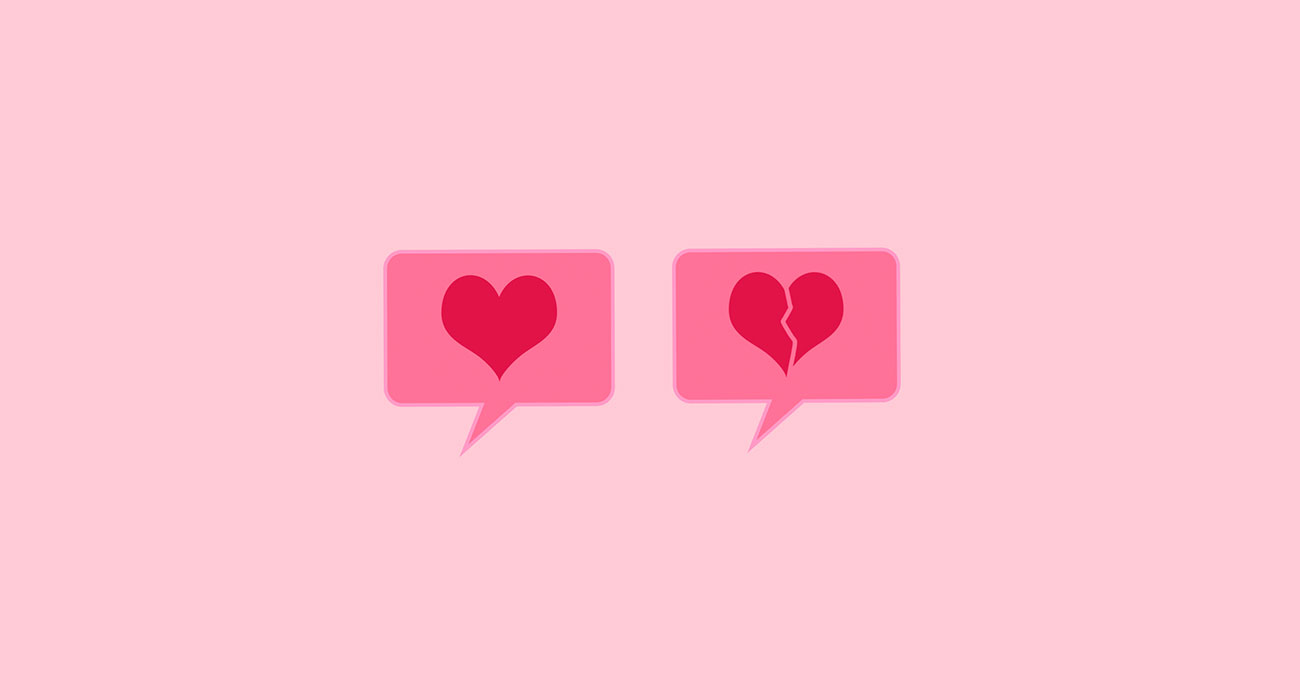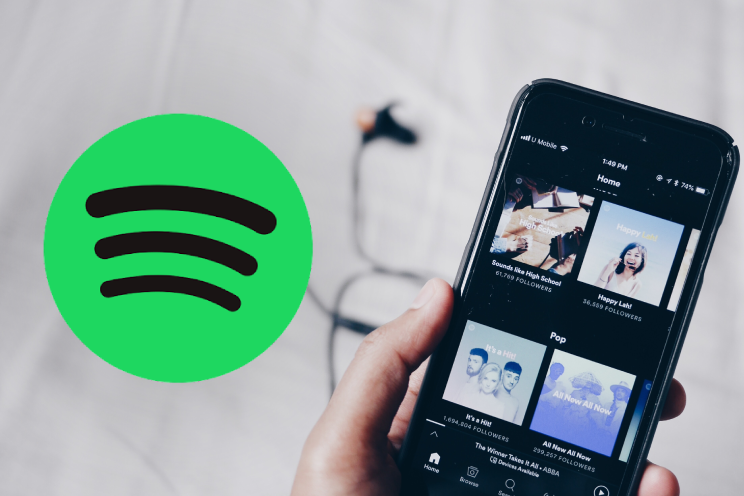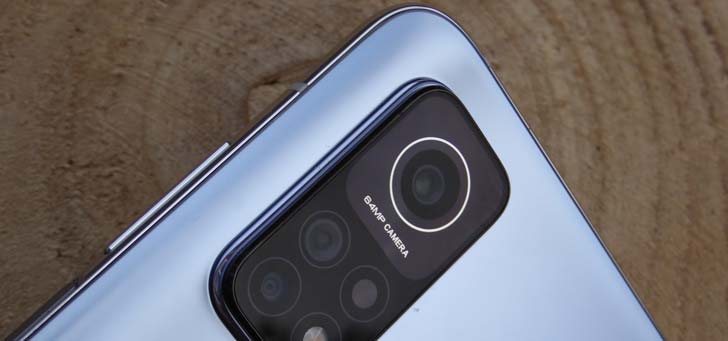iPhone 13 Pro vs SLR
iPhones are taking better and better photos, so you might want to get rid of your ‘real’ camera. But how big are the differences really? In this camera test we look at the results of the iPhone 13 Pro vs an SLR!
Read on after the ad.
iPhone 13 Pro vs SLR camera test
You see fewer and fewer people with a large SLR or system camera. That’s not surprising, because the snapshots you conjure up from an iPhone get better every year. Do you doubt whether you still want to take that cumbersome device with those separate lenses? Then read on quickly. In this article we compare the photos of an iPhone 13 Pro vs those of an SLR.
A few words in advance: during this test we used a Nikon D5500. That is a midrange SLR camera with APS C sensor. There are cameras with even bigger sensors. However, if you have or are considering it, you probably won’t be happy with the photos from an iPhone anyway.
The iPhone 13 Pro has three cameras on the back. We tried to match it as precisely as possible on the Nikon D5500 with different zoom lenses. Photographs were always taken with the automatic settings for the most honest image possible. We have not edited the photos.
Camera test: iPhone 13 Pro vs SLR
Primary camera
We’ll start with the primary camera. It has the largest sensor on the iPhone and therefore ensures the best results. Throughout the article, we always see the photo of the iPhone 13 Pro on the left and that of the Nikon D5500 on the right.
In direct sunlight you can see how the iPhone automatically improves photos. Certainly in the second example, this results in a much more lively picture with a balanced lighting. The photos of the Nikon are, however, closer to reality. Like many smartphones, the iPhone 13 Pro enhances the image for a more attractive result.
In cloudy weather we see more or less the opposite. The photos of the iPhone 13 Pro look a bit flat vs the SLR with little detail in the shadows and the sky. The difference between light and dark has largely been smoothed out by the algorithms. The Nikon photos have much more contrast.
We also see that in this photo, although it is much more difficult to say here which image is the most beautiful. Are you going for the higher contrast of the Nikon or the beautiful, dreamy lighting of the iPhone?
Ultra wide angle lens
The ultra-wide angle lens of the iPhone 13 Pro has a focal length of 13 millimeters. That’s very, very wide. We didn’t have a lens in our backpack that could match that result. The photos of the Nikon below have a focal length of about 15 millimeters.
In this rather dark corridor, the Nikon comes closest to what the naked eye saw. We do see quite a lot of noise in the right part of the photo. That’s because the camera had to choose a high ISO value to properly expose the shot. The iPhone has automatically polished away the noise, but that comes with a price. Many details have been lost in the arches at the top right.
The differences between these two photos are quite small at first glance. You can clearly see that the ultra-wide angle lens of the iPhone is less good. The quality decreases in the corners and the distortion is also much greater than with the Nikon.
Here we notice the same as before with the primary camera: the iPhone wants to deliver a photo that is as ‘beautiful’ as possible. The sky is made a bit more blue than it was and the color balance turns out cool and clear. The snapshot of the Nikon is more true-to-life, so it looks a bit duller.
Telecamera
The iPhone 13 Pro has a new telephoto camera. You can zoom in 3x optically, while that was 2x on the iPhone 12 Pro. We list three comparisons with the Nikon.
Once again we see that the iPhone delivers a fairly flat plate in cloudy weather without much contrast. The photo of the Nikon D5500 is darker, but also a lot nicer.
These two duos clearly show that the iPhone 13 Pro often opts for a cooler white balance. The photos from the smartphone look a bit sharper at first glance, but we prefer the results from the Nikon. By the way, you can of course easily adjust the colors with a filter.
night mode
Evening photos have long been a weak point of smartphones. The small sensors simply collect little light. Thanks to the Night mode, that is a thing of the past. With artificial intelligence, the iPhone 13 Pro can now work fine during the night.
The photos below are all hand-held. If you’re in doubt between an iPhone 13 Pro vs an SLR, you probably don’t feel like walking around with a heavy tripod. We’ll start with two photos from the primary camera.
The iPhone has turned the backlog of yesteryear into an advantage. The photos from the smartphone look much more attractive than the images produced by the Nikon. There is a lot of noise in them and they are also very dark. As said: with a tripod and decent post-processing you can achieve much nicer results, but that takes time and effort. Those who want good results quickly are better off with the iPhone 13 Pro.
With the ultra-wide-angle lens, the differences are slightly smaller. The iPhone photo is still nicer, but details are lost in the corners. Once again we see a lot of noise in the snapshot of the Nikon.
The telephoto lens of the iPhone 13 Pro is much less bright than the other two cameras. We can see this clearly in the example above. The picture of the iPhone is quite dark. The photo from the Nikon seems slightly overexposed, but is otherwise more attractive.
Conclusion
Our iPhone 13 Pro vs SLR comparison does not yield a clear winner. In sunny weather, the iPhone often provides better photos, but when it’s cloudy, the Nikon wins. If you go out in the evening and don’t want to carry a tripod with you, then you will return to the iPhone.
Ultimately, it’s all about how much effort you want to put into your photos. The iPhone provides decent pictures in almost every situation, which you can easily adjust and share. The Nikon requires a little more attention, especially in the dark. Of course, the higher resolution ensures that you can print the photos more beautifully and larger if you wish.
We wouldn’t be surprised if camera manufacturers in the future also offer artificial intelligence that can automatically improve photos. If they fail to do so, more and more people will prefer their iPhone.
































